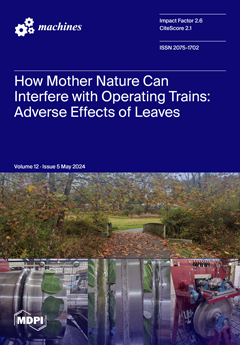Open AccessEditor’s ChoiceReview
State-of-the-Art Lightweight Implementation Methods in Electrical Machines
by
Han Zhao, Jing Li, Xiaochen Zhang, Bin Xiong, Chenyi Zhao, Yixiao Ruan, Huanran Wang, Jing Zhang, Zhouwei Lan, Xiaoyan Huang and He Zhang
Cited by 6 | Viewed by 3376
Abstract
The demand for high-power density motors has been increasing due to their remarkable output capability and compact construction. To achieve a significant improvement in motor power density, lightweight design methods have been recognized as an effective enabler. Therefore, extensive investigations have been conducted
[...] Read more.
The demand for high-power density motors has been increasing due to their remarkable output capability and compact construction. To achieve a significant improvement in motor power density, lightweight design methods have been recognized as an effective enabler. Therefore, extensive investigations have been conducted to reduce motor mass and achieve lightweight configurations through the exploration of lightweight materials, structures and manufacturing techniques. This article provides a comprehensive review and summary of state-of-the-art lightweight implementation methods for electrical machines, including the utilization of lightweight materials, structural lightweight design, and incorporation of advanced manufacturing technologies, such as additive manufacturing techniques. The advantages and limitations of each approach are also discussed in this paper. Furthermore, some comments and forecasts on potential future methodologies for motor lightweighting are also provided.
Full article
►▼
Show Figures





